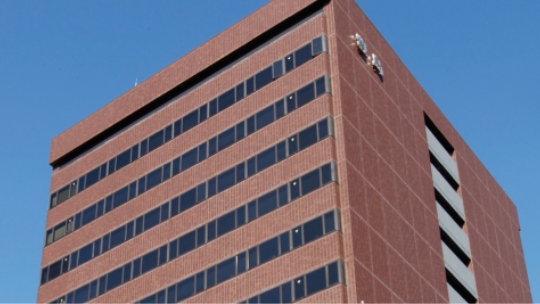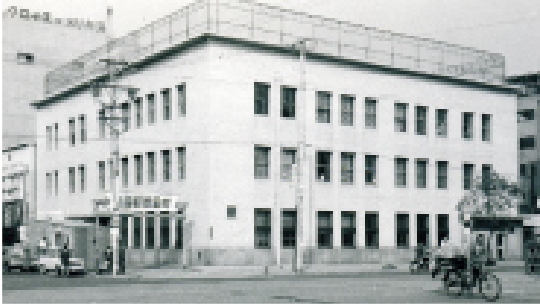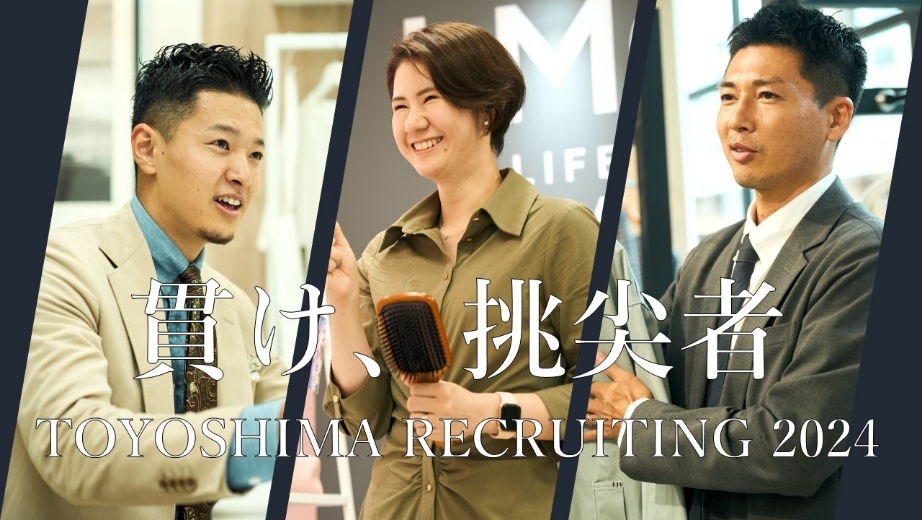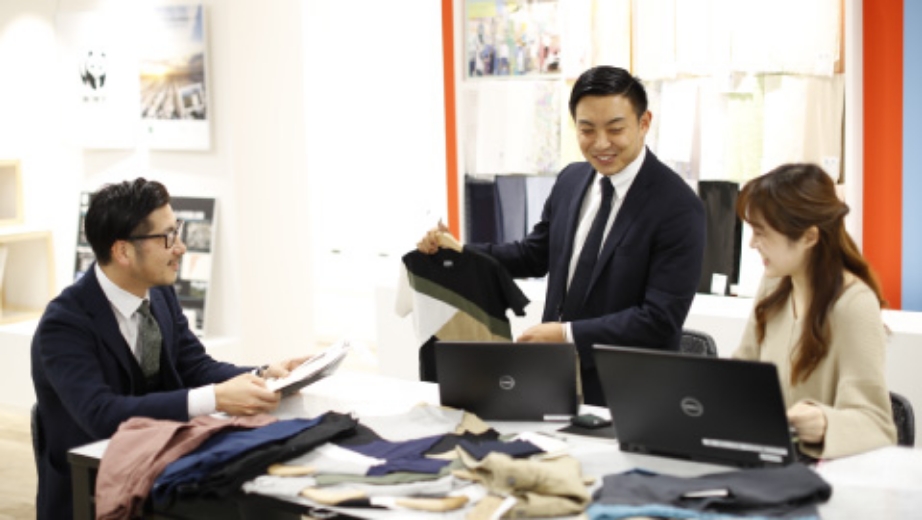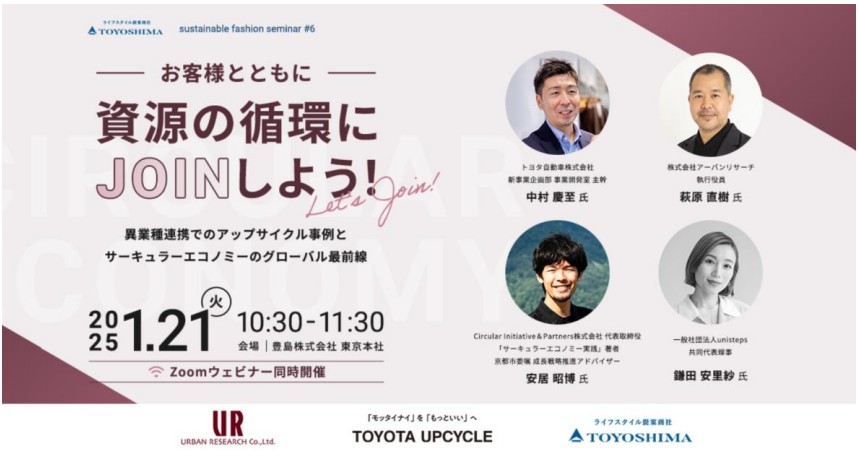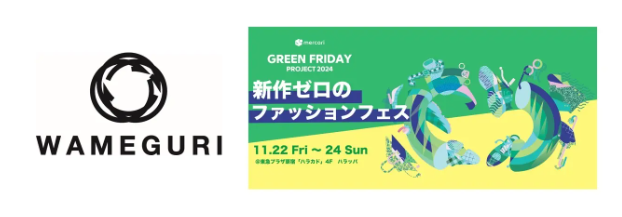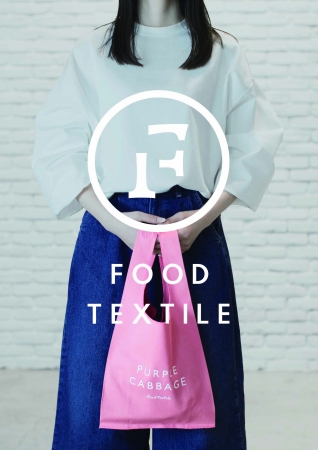
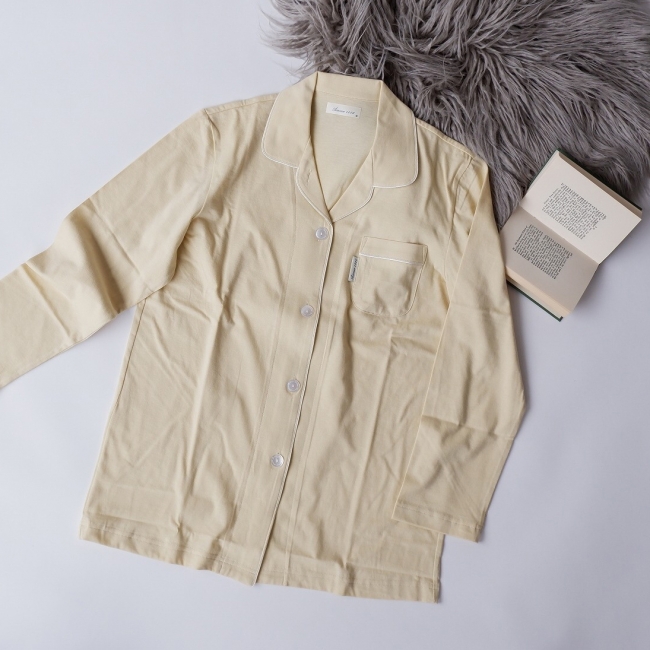
New pajamas (lettuce)
According to estimates* by United Nations agencies and the Ministry of Agriculture, Forestry and Fisheries, one-third of the world's food production is thrown away every year, and Japan's annual food loss exceeds 6 million tons. increase. As a bridge between the food and apparel industries, food textiles focus on the "color" of food. Utilizing our unique dyeing technology, we have worked with various apparel brands to commercialize foodstuffs provided by various food-related companies, and have tackled the food loss problem from the apparel industry. Due to the popularity of our customers and the expansion of collaborations with various companies, new items will appear this spring, and we will open a limited-time pop-up shop nationwide where you can actually pick up the products.
(*2015 estimate Ministry of Agriculture, Forestry and Fisheries: http://www.maff.go.jp/j/shokusan/recycle/syoku_loss/attach/pdf/161227_4-55.pdf)
(*Key Findings FAO: http://www.fao.org/save-food/resources/keyfindings/en/)
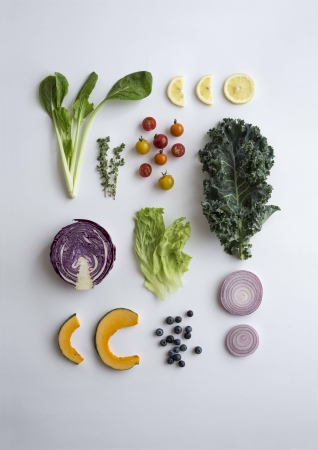
Develop limited-time pop-up shops in Osaka, Nagoya, and Hakata
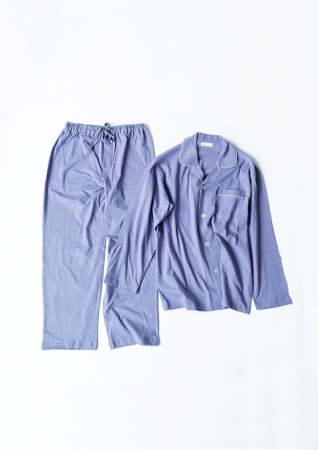
In addition, pop-up shops will be opened one after another at Matsuzakaya Nagoya from May 29th (Wednesday) and Hakata Hankyu from June 19th (Wednesday).

[Overview of pop-up shop]
- Hankyu Department Store Umeda Main Store
- Period May 22nd (Wednesday) to June 4th (Tuesday), 2019
- Location: Kotokoto Stage “GOOD for GREEN” on the 7th floor, 8-7 Kakuda-cho, Kita-ku, Osaka-shi, Osaka
- Matsuzakaya Nagoya
- Period May 29 (Wednesday) to June 4 (Tuesday), 2019
- Location: 3-16-1 Sakae Naka-ku, Nagoya City, Aichi Prefecture "Nihon no Yokimono"
- Hakata Hankyu
- Period June 19 (Wednesday) to June 26 (Wednesday), 2019
- Location: Fukuoka Prefecture, Fukuoka City, Hakata-ku, Hakata Station Chuo-gai 1-1-1 8F Beauty and Health Event Space “MADE FROM NATURE”
■FOODTEXTILE (food textile)
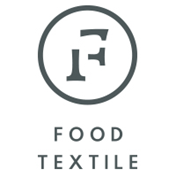
A project to reuse food waste from the fashion industry, where people can enjoy fashionably in the lifestyle scenes of clothing, food, and housing, centering on "food", by reborning things that are simply thrown away.
Residues of vegetables and ingredients produced in the manufacturing process of food companies, restaurants, and farms. These leftovers that were just waiting to be thrown away become the coloring elements of FOOD TEXTILE.
http://www.foodtextile.jp/
